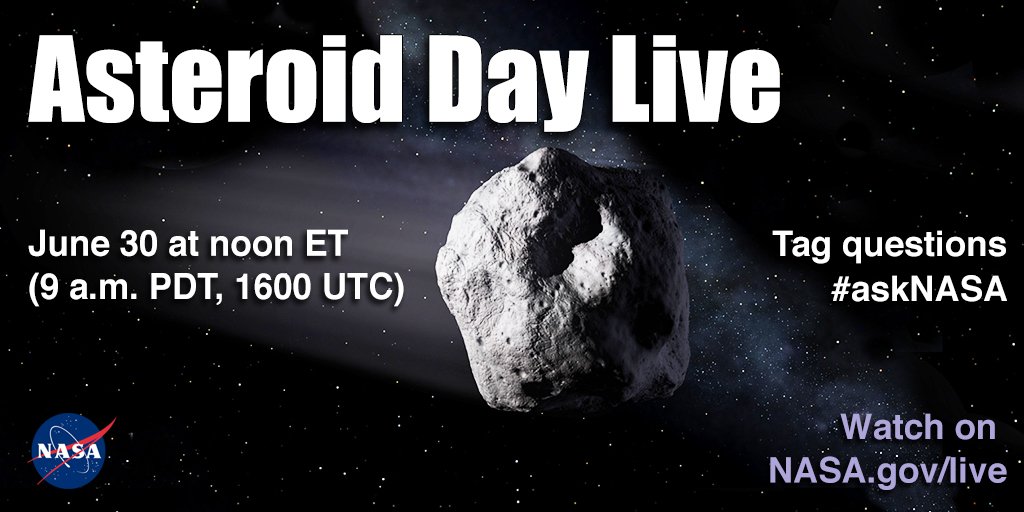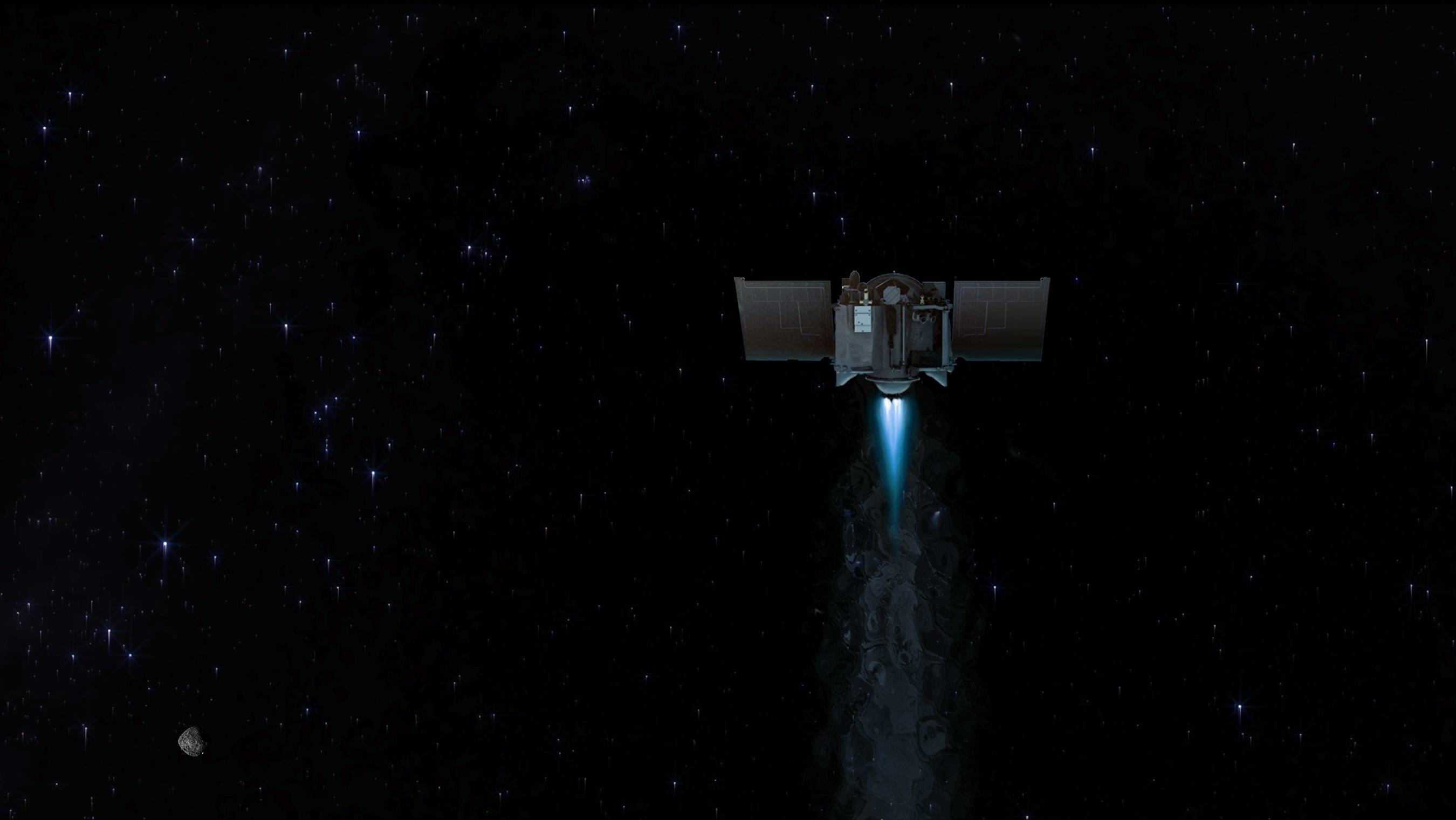
NASAs Jet Propulsion Laboratory says the asteroid will. Furthermore, it could be spotted at around 7.25 pm or on January 18. Estimated to measure between 5.5 and 12.5 meters, the asteroid 2022 NF was discovered only on July 4. Those who have a computerized GoTo telescope could point it to a star near the location of the PC1, which is the HIP 8210. However, it is close enough to be seen by simply using a telescope at home, sans the need for any massive observatories.Īs per the online story by , the massive rock could be safely spotted by using a small telescope. NASA Asteroid Watch, which keeps an eye on these space rocks, tweeted some reassurances on Sunday. It comes as the upcoming close encounter with the massive rock from space could not be seen by our naked eyes. The projection of NASA clarified that the PC1 is not actually directly hitting the Earth, unlike the Netflix hit series, "Don't Look Up." Instead, amateur astronomers could even watch it safely by using a telescope. Comets typically follow long elliptical orbits in which they spend most of their time far from the Sun.

NASA ASTEROID WATCH HOW TO
Nearby Asteroid: How to Watch Using Telescope A relatively small Sun-orbiting body that contains ices that vaporize when it gets close to the Sun and heats up, forming a large visible atmosphere (coma) around the object and, sometimes, a diffuse tail that can be millions of miles long. Since then, the giant space rock was classified by NASA or the National Aeronautics and Space Administration as a near-Earth object, which means that it has the potential to be hazardous due to its proximity and 1.1 kilometers in diameter size. Inverse further said in the same report that the upcoming asteroid was discovered by a Scottish-Australian astronomer, Robert McNaught, using the Siding Spring Observatory in Australia way back on Aug. Read Also: NASA and SpaceX Fire Earth Defending Rocket to Shield from Giant Asteroids in the Future Asteroid Thrice the Size of Empire State BuildingĪccording to the report by Inverse, the massive asteroid is two and a half times the height of the iconic Empire State Building in New York City. On Twitter, Facebook, Google News, and Instagram.It is worth noting that the upcoming asteroid was first discovered way back in 1994, wherein it was given the name 7482 or 1994 PC1. Search for NASA's OSIRIS-REx spacecraft, for example, to see an animated re-creation of the mission's Touch-And-Go (TAG) sample collection event on October 20, 2020.įollow HT Tech for the latest tech news and reviews, also keep up with us To see extensive animated models of those spacecraft and their asteroid or comet encounters, go to the "events" tab. You can even see NASA's Earth Observation (NEO) missions profile in it. Most orbit within the main asteroid belt, between the orbits of Mars and Jupiter, but some follow paths that circulate into the inner solar system (including near-Earth asteroids), while others remain outside. Asteroids are typically composed of rocky, dusty, and metallic materials. To observe the asteroids, choose the option “Asteroid Watch” tab where you can see the next five asteroids approaching close to Earth. A relatively small, inactive body orbiting the Sun.

The display is updated twice daily with the most recent data, so new objects are added to the programme as soon as they are identified and their orbits are calculated. Once you visit the portal of 'Eyes on Asteroids', then you can watch the orbital motions of asteroids by moving the slider at the bottom of the screen swiftly forward and backward in time. NASA Asteroid Watch 2022: Find Details of Next Five Asteroids Approaching Earth and Their. NASA has not only stated the five asteroids approaching planet Earth, but also given the estimate sizes of the asteroids and possible date.

How the NASA Eyes on Asteroids tool works? The NASA asteroid watch has predicted five asteroids approaching planet earth this year, in what seems like predictions straight out of the book of Nostradamus.


 0 kommentar(er)
0 kommentar(er)
